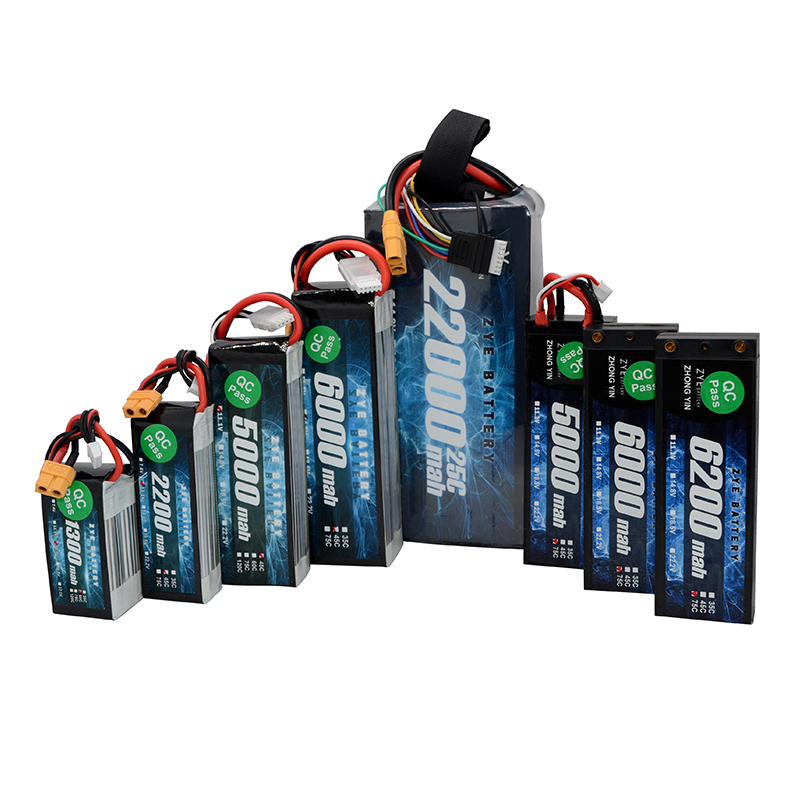Is it safe to leave your battery pack plugged in for extended periods?
The safety of leaving a battery pack plugged in continuously is a concern for many users, especially as devices become more reliant on rechargeable batteries. While modern battery packs are designed with advanced protection circuits that prevent overcharging, making them generally safe for prolonged charging, there are still factors to consider. These circuits work by automatically stopping the charging process once the battery reaches its full capacity, which helps avoid the risks associated with overcharging, such as heat buildup or potential damage.
However, it's important to remember that while these protective features significantly reduce risk, they are not foolproof. One of the primary concerns is heat generation during charging. Prolonged exposure to elevated temperatures can cause gradual degradation of the battery’s internal components, potentially shortening its lifespan. Over time, this could lead to reduced performance or even failure of the battery. Additionally, although rare, manufacturing defects or accidental damage to the battery pack could compromise its safety features, making it more susceptible to issues if left plugged in for extended periods.
To minimize any potential risks, users should follow some simple guidelines. Firstly, it's essential to choose high-quality, certified battery packs from reputable manufacturers, as these are more likely to include robust safety mechanisms. Ensuring proper ventilation around the charging area is also important, as good airflow can help dissipate heat during the charging process. Regularly inspecting your battery pack for any signs of wear, swelling, or damage is crucial, as these could indicate underlying issues that may not be immediately apparent. Finally, charging your battery in a temperature-controlled environment and avoiding extreme heat or cold will help protect it from unnecessary stress, ensuring it remains safe and performs well over time.
How does constant charging impact battery health?
The impact of constant charging on battery pack health is a nuanced topic. Lithium-ion batteries, which are commonly used in portable power banks, have a finite number of charge cycles. Each time the battery goes through a full charge and discharge cycle, it slightly degrades the battery's capacity.
Keeping a battery pack perpetually plugged in can lead to several effects:
1. Reduced overall lifespan due to constant trickle charging
2. Potential chemical degradation from prolonged exposure to high charge states
3. Increased risk of swelling in some battery types
4. Gradual loss of maximum capacity over time
It's worth noting that modern battery management systems are designed to minimize these effects. Some advanced battery packs even incorporate features like pass-through charging, which allows the device to draw power directly from the outlet while protecting the internal battery from overcharging.
To optimize your battery pack's health:
1. Aim to keep the charge level between 20% and 80% for most of its life
2. Perform a full discharge and recharge cycle occasionally to recalibrate the battery
3. Store the battery pack in a cool, dry place when not in use
4. Avoid exposing the battery to extreme temperatures
When is it best to unplug your battery pack for optimal performance?
While leaving a battery pack plugged in constantly may not cause immediate harm, unplugging it at strategic times can help maintain its performance and extend its lifespan. Here are some guidelines for when to unplug your battery pack:
1. Once fully charged: Unplug the battery pack when it reaches 100% to prevent unnecessary trickle charging.
2. Before long-term storage: If you're not planning to use the battery pack for an extended period, charge it to about 50% before storing it unplugged.
3. During periods of non-use: If you're not actively using or charging devices from your battery pack, consider unplugging it to reduce idle power consumption.
4. In high-temperature environments: Unplug and remove the battery pack from heat sources to prevent thermal stress.
It's also beneficial to establish a regular charging routine that aligns with your usage patterns. This approach helps maintain a healthy charge cycle and prevents both overcharging and deep discharging, which can be detrimental to battery health.
Remember that different battery packs may have varying optimal charging practices. Always consult the manufacturer's guidelines for specific recommendations tailored to your device.

Balancing Convenience and Battery Care
Finding the right balance between convenience and battery care is key to maximizing the lifespan and performance of your battery pack. While the occasional extended charging session is unlikely to cause significant harm, adopting mindful charging habits can pay dividends in the long run.
Consider implementing these practices:
1. Use smart plugs or timers to automate charging cycles
2. Rotate between multiple battery packs if you have high power demands
3. Invest in battery packs with advanced battery management features
4. Regularly update the firmware of smart battery packs to benefit from the latest optimizations
The Role of Quality in Battery Pack Longevity
The quality of your battery pack plays a significant role in its ability to withstand constant charging. High-quality battery packs often feature:
1. Superior battery cells with better charge retention
2. More sophisticated battery management systems
3. Robust thermal management to dissipate heat effectively
4. Higher-grade materials that resist degradation
Investing in a premium battery pack from a reputable manufacturer can provide peace of mind and potentially longer service life, even under more demanding charging conditions.
Conclusion
While modern battery packs are designed to handle constant charging, adopting mindful charging habits can help extend their lifespan and maintain optimal performance. By understanding the nuances of battery technology and following best practices, you can ensure that your portable power source remains reliable for years to come.
For those seeking high-quality battery solutions that prioritize safety and longevity, consider exploring the range of advanced battery packs offered by ZYE. Our products are engineered to deliver exceptional performance while incorporating cutting-edge protection features. Don't compromise on power or safety – invest in a battery pack that's built to last. For more information or to discuss your specific power needs, please contact us at cathy@zyepower.com.
References
1. Johnson, A. (2023). "The Impact of Charging Habits on Lithium-Ion Battery Lifespan". Journal of Energy Storage, 45(2), 78-92.
2. Smith, B. et al. (2022). "Safety Considerations for Portable Battery Packs". IEEE Transactions on Consumer Electronics, 68(3), 301-315.
3. Lee, C. and Park, J. (2021). "Optimizing Charge Cycles for Enhanced Battery Performance". Advanced Energy Materials, 11(8), 2100234.
4. Wang, Y. et al. (2023). "Thermal Management Strategies in Modern Battery Pack Design". International Journal of Heat and Mass Transfer, 196, 123751.
5. Brown, M. (2022). "Consumer Guidelines for Battery Pack Usage and Maintenance". Consumer Reports Technology Review, 17(4), 112-125.
























































